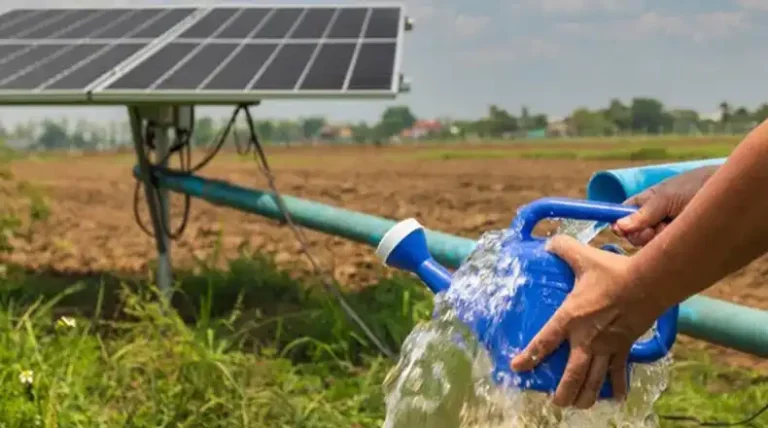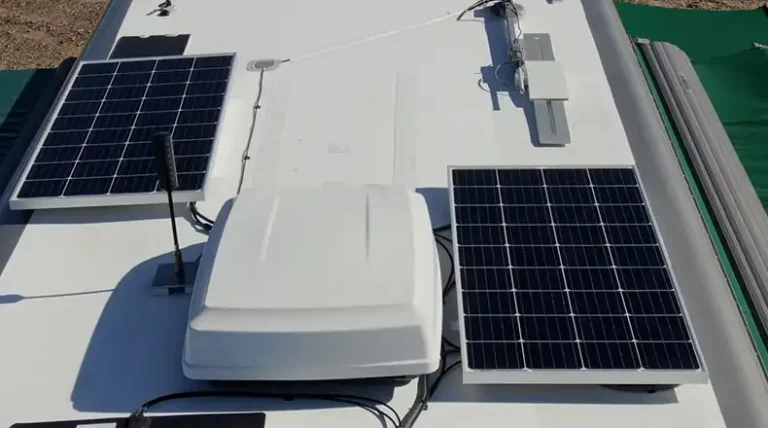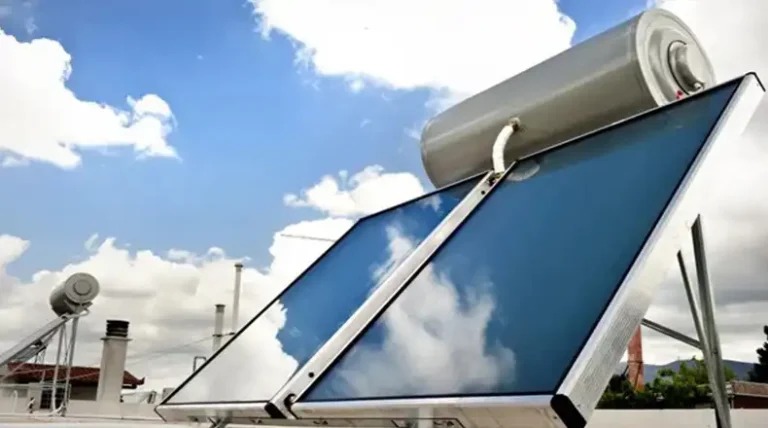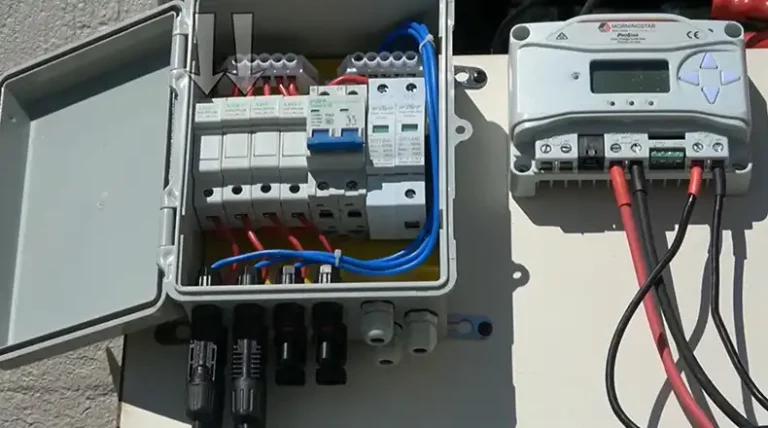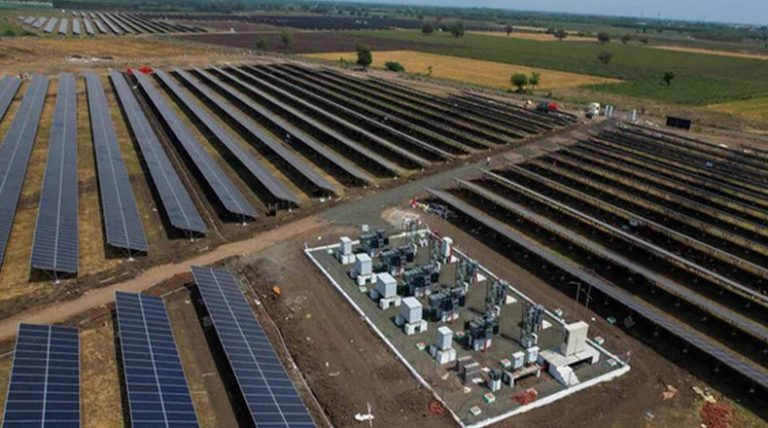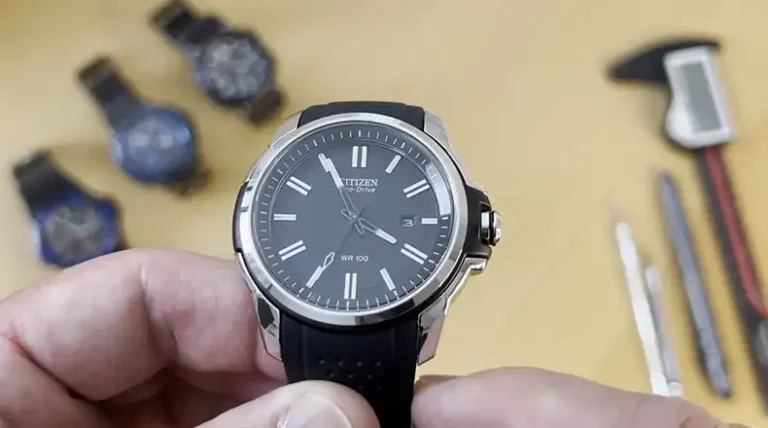What Gauge Wire for 2000 Watt for Solar Inverter? Proper Explanation for You
The voltage of the solar system (e.g., 12V, 24V, 48V, etc.) and the distance between the solar panels and the inverter must be known in order to choose the proper wire gauge.
Understanding how voltage, current, distance, and environmental factors interact can help you determine the best methods for reducing voltage drop and improving system performance. This article will examine the specifics of choosing the proper wire gauge for a 2000-watt solar inverter.
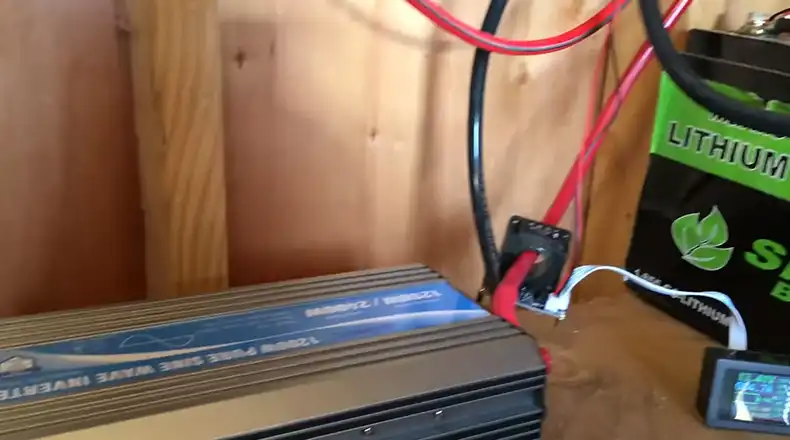
Factors of Choosing Wire Gauge for 2000 Watt for Solar Inverter?
An essential part of a solar power system is an inverter for solar energy, sometimes referred to as a PV inverter (Photovoltaic inverter). Its main job is to change the solar panels’ direct current (DC) electricity into usable alternating current (AC) electricity, which can then be utilized to run commercial and residential appliances as well as the electrical grid.
1. Solar System Voltage
Systems can be created with voltages as low as 12V or as high as 48V. The quantity of current that will flow across the wires is directly influenced by voltage. Lower currents for the same power are possible at higher voltages, which lowers losses brought on by wire resistance.
| 12V | |
| Distance | Wire Gauge |
| Up to 10 feet (3 meters) | 8 AWG or larger |
| 10 to 20 feet (3 to 6 meters) | 6 AWG or larger |
| 20 to 30 feet (6 to 9 meters) | 4 AWG or larger |
| 30 to 40 feet (9 to 12 meters) | 2 AWG or larger |
| 40 to 50 feet (12 to 15 meters) | 1/0 AWG or larger |
| 24V | |
| Distance | Wire Gauge |
| Up to 20 feet (6 meters) | 10 AWG or larger |
| 20 to 40 feet (6 to 12 meters) | 8 AWG or larger |
| 40 to 60 feet (12 to 18 meters) | 6 AWG or larger |
| 60 to 80 feet (18 to 24 meters) | 4 AWG or larger |
| 80 to 100 feet (24 to 30 meters) | 2 AWG or larger |
| 48V | |
| Distance | Wire Gauge |
| Up to 40 feet (12 meters) | 10 AWG or larger |
| 40 to 80 feet (12 to 24 meters) | 8 AWG or larger |
| 80 to 120 feet (24 to 36 meters) | 6 AWG or larger |
| 120 to 160 feet (36 to 48 meters) | 4 AWG or larger |
| 160 to 200 feet (48 to 60 meters) | 2 AWG or larger |
2. Distance Between Solar Panels and Inverter
The resistance and potential voltage loss increase with the length of the wire run between the solar panels and the inverter. Voltage loss can cause the solar system’s performance and efficiency to decline.
3. Current-Carrying Capacity
Wires have a maximum current-carrying capacity above which they can overheat and pose a risk to public safety. To accommodate the inverter’s maximum current consumption, the wire gauge must be chosen.
To further understand how the current carrying capacity influences the selection of wire gauge for a 2000-watt solar inverter system, let’s look at an example. We’ll assume a 48V solar system for this example.
Solar Inverter Rating: 2000-watt
Solar System Voltage: 48V (typical for plenty of home solar setups)
Peak Current (I): We employ the following formula to get the maximum current:
Power (P) x Voltage (V) equals Current (I)
I=2000 watts/48 volts
≈41.67 amps
The wire’s ability to transport current should be sufficient to accommodate the maximum current without experiencing an excessive voltage drop or running the danger of scorching the wire.
4. Ampacity and NEC Guidelines
The National Electrical Code (NEC) offers recommendations for choosing wire gauges based on insulation type and ampacity (current-carrying capability). Following these recommendations guarantees the installation’s compliance and safety.
5. Voltage Drop Considerations
For DC systems, it is typically advised to keep the voltage drop to 2% or below in order to reduce it. A 3% voltage drop is often acceptable for AC systems. Larger wire gauges are required to obtain acceptable voltage drop levels the longer the wire ran and the greater the current.
6. Temperature and Environmental Factors
The ampacity of the wire can be impacted by the operating temperature of the wire as well as external factors such as direct sunlight, conduit or conduit fill, etc. The proper derating elements must be taken into account.
Is It Possible to Utilize the Same Wire Gauge Throughout My Solar Installation?
Depending on the required current and distance for various components of the solar installation, the wire gauge may change. Larger wire gauges may be required to assure efficiency and reduce voltage drop over longer wire runs or under higher current loads.
Conclusion
A solar inverter system’s ability to operate safely and effectively depends on the wire gauge selection. Please be aware that the mentioned factors in the article are only basic recommendations, and it is always better to seek the advice of a qualified electrician or solar installer who can make precise calculations for your system to ensure safety and effectiveness.

